Let’s dive into Our Stories, a world of amazing stories, enjoyable challenges and wonderful learning experiences
Our Stories is a six-level series for primary school learners, ages 6 to 11, which focuses on educating the individual as a whole and in so doing, helping them become active and involved 21st century citizens. In order to achieve this, it is based on the following pillars

The series aims at the cognitive, social and affective development of the learner. Hence, through the stories and activities that are proposed, Our Stories taps on the following areas of awareness: learning strategies, study skills, organisation skills, intercultural aspects, inclusive classrooms, ESI, critical thinking, collaboration skills and Citizenship.
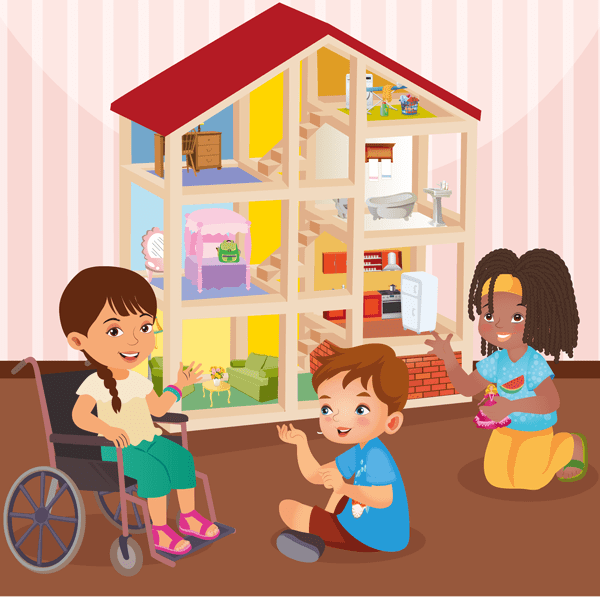
Language is part of our everyday life, as is culture. Language is not used in isolation but embedded as part of our world. Language is about constructing meaning. Therefore, language use has to be meaningful, meaningfulness being different for different groups.
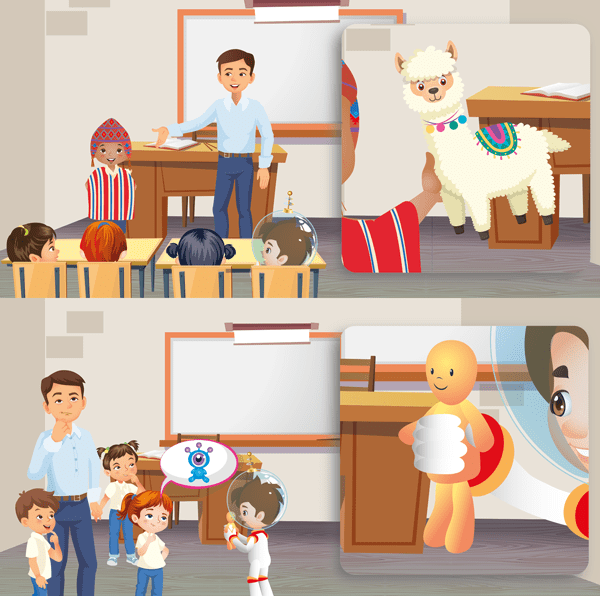
Opportunities are created by presenting motivating and meaningful activities and situations in which learners can feel identified and through which they can also enlarge on their own experiences. Learners become active agents who construct meaning in keeping with their age and cognitive, social and affective development.
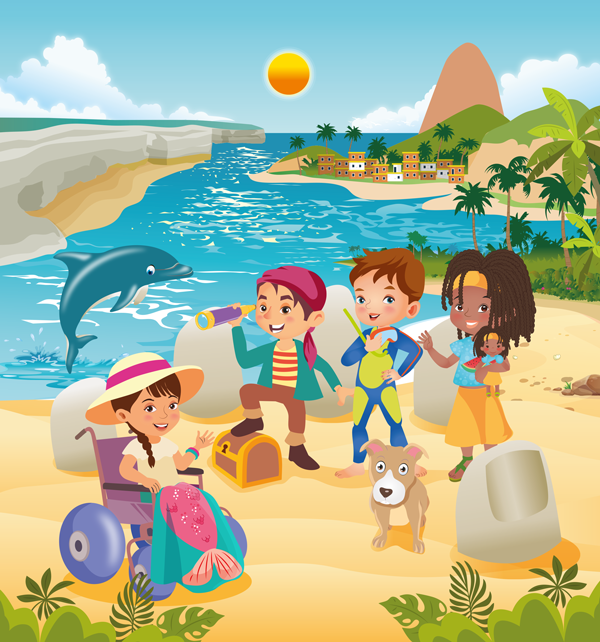
According to John Mc Rae (1991:1-7), there are two types of language: referential and representational. The idea behind this series is not use one or the other but both.
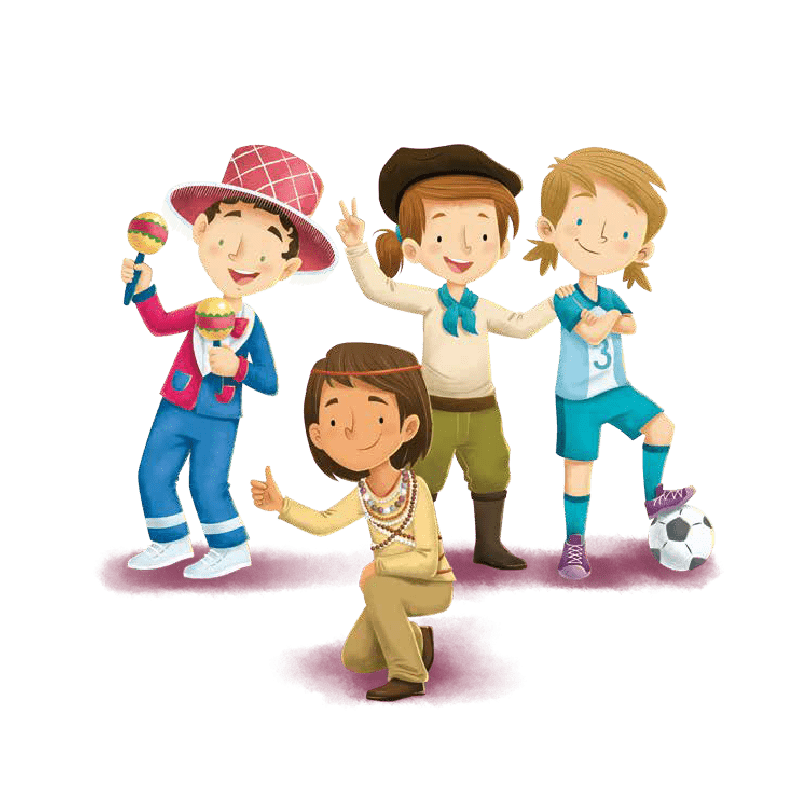
Each level introduces characters of about the same age as the learners, who interact in different contexts: their school, their homes and their surroundings.
As children grow older, the world opens up to them.
The characters in each of the level come from different cultures and interact with one another creating a rich intercultural environment. The inclusion of children of different ethnic groups not only enriches children’s own cultures but contributes to valuing local cultures as well.
There is always one character who is an Other, one who invites us to consider otherness and sameness since they share characteristics with human beings, yet present a different perspective. This character encourages learners to defamiliarize the world they live in and to see it through his or her eyes. This, in turn, contributes to the development of citizenship.
| Level A |
| Sample Unit |
| Class Audio |
| Flashcards |
| Level B |
| Sample Unit |
| Class Audio |
| Flashcards |
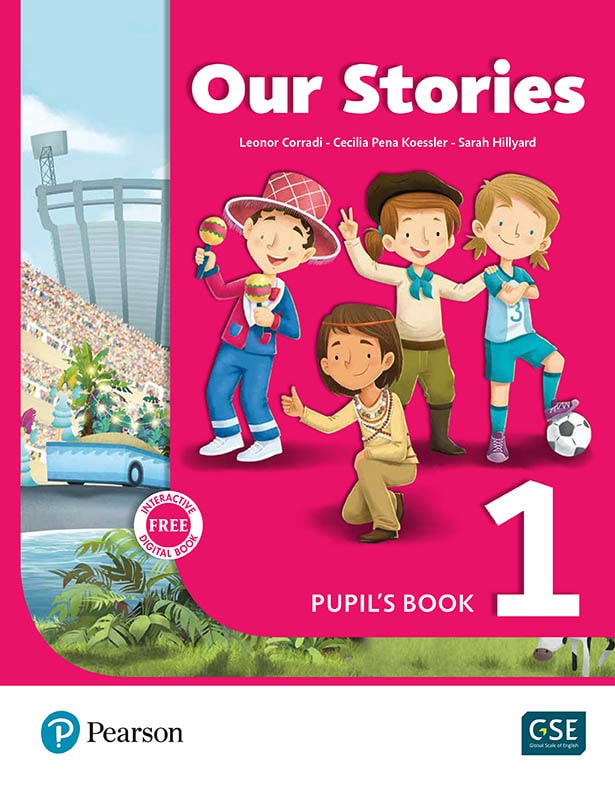
| Level 1 |
| Sample Unit |
| Class Audio |
| Flashcards |
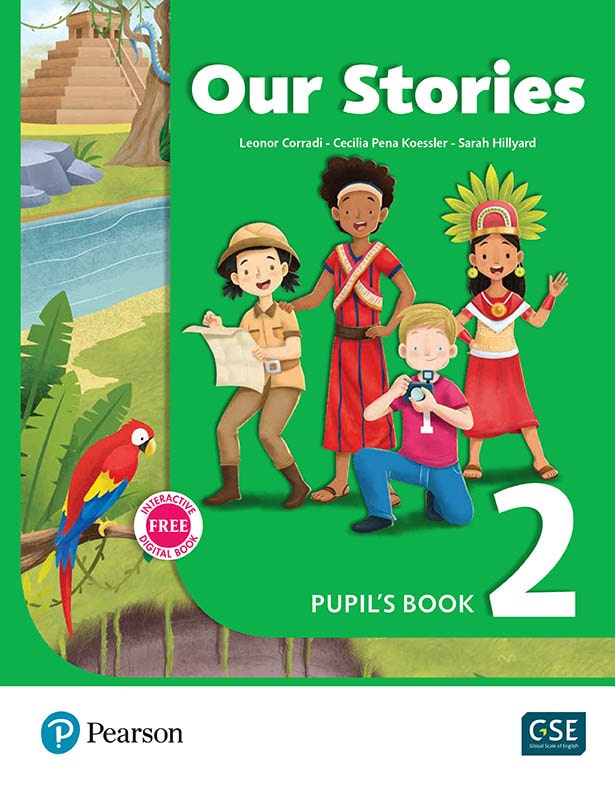
| Level 2 |
| Sample Unit |
| Class Audio |
| Flashcards |
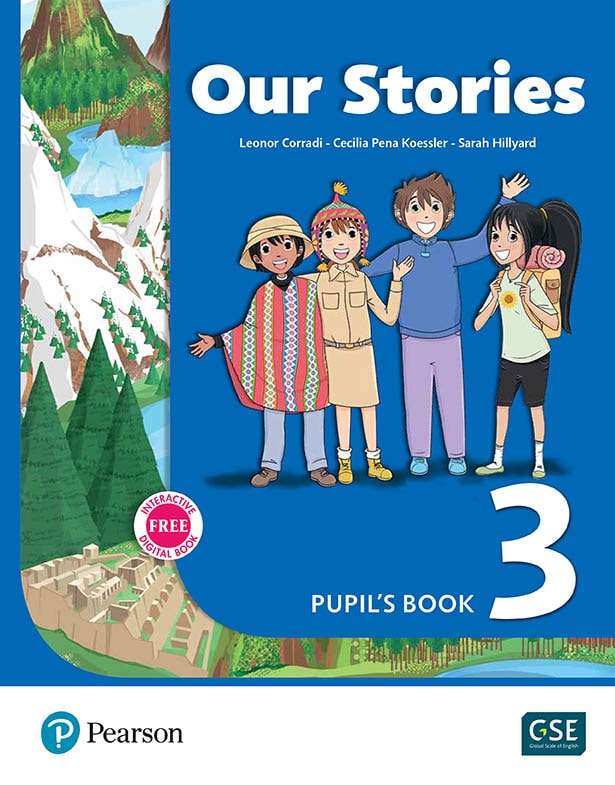
| Level 3 |
| Sample Unit |
| Class Audio |
| Flashcards |
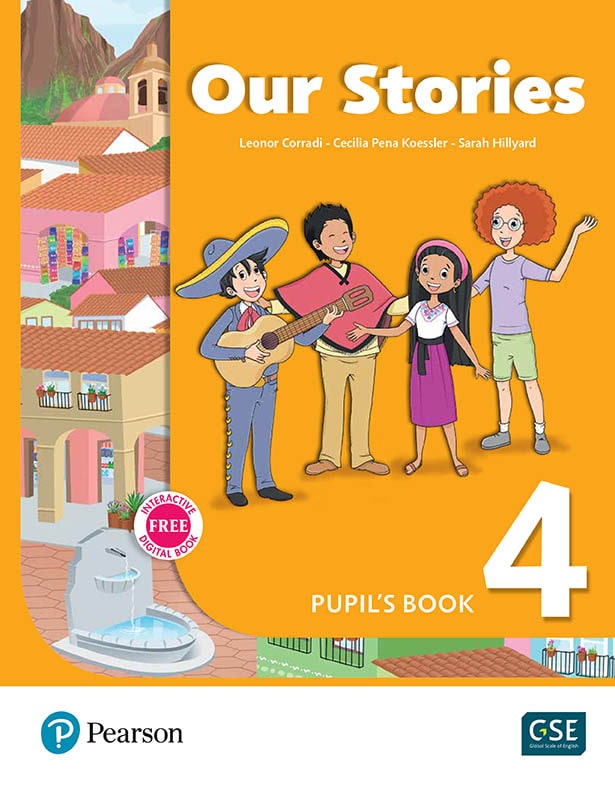
| Level 4 |
| Sample Unit |
| Class Audio |
| Flashcards |